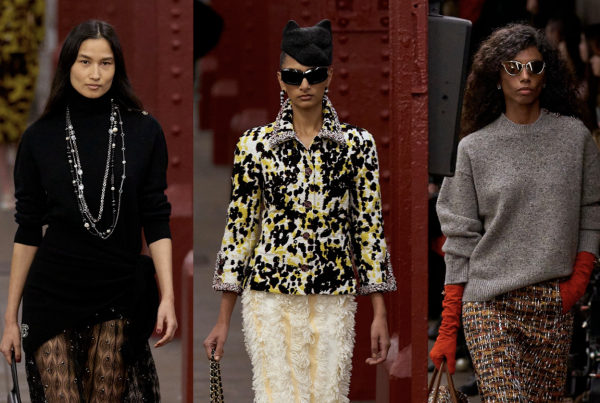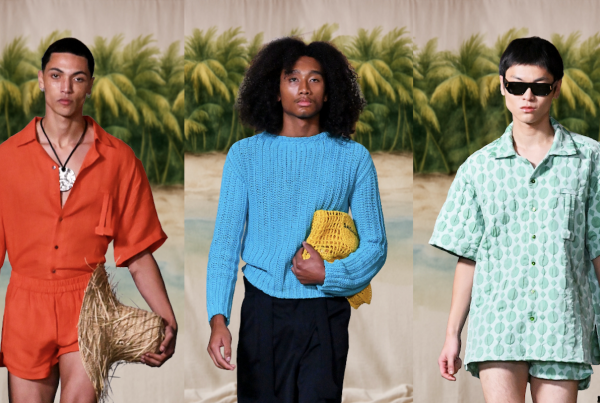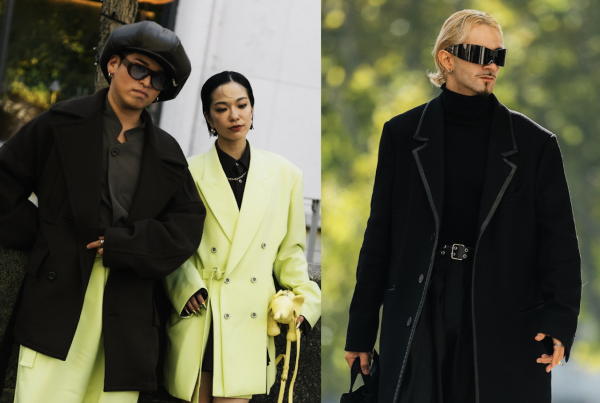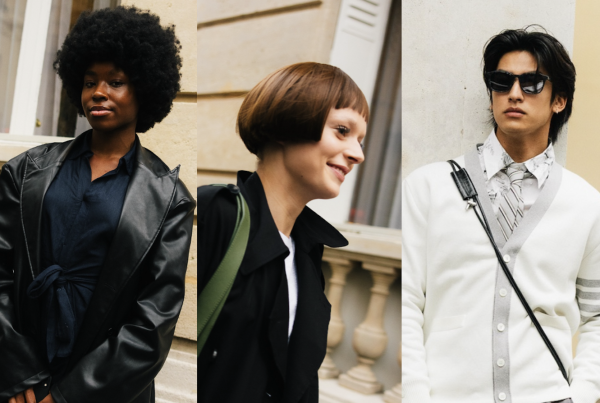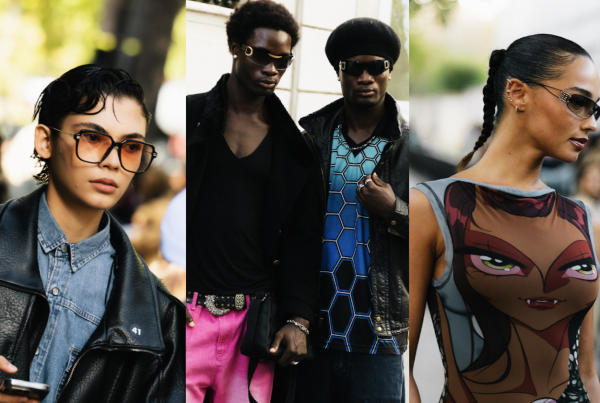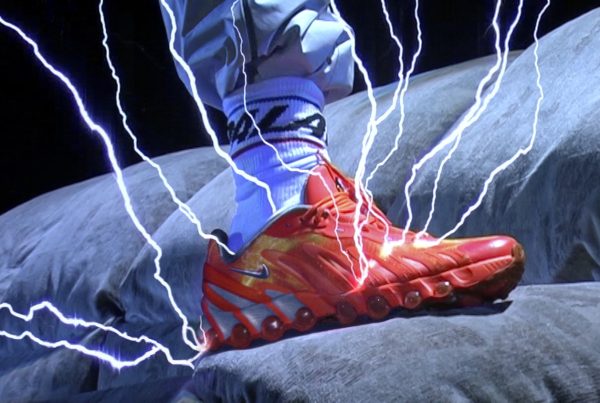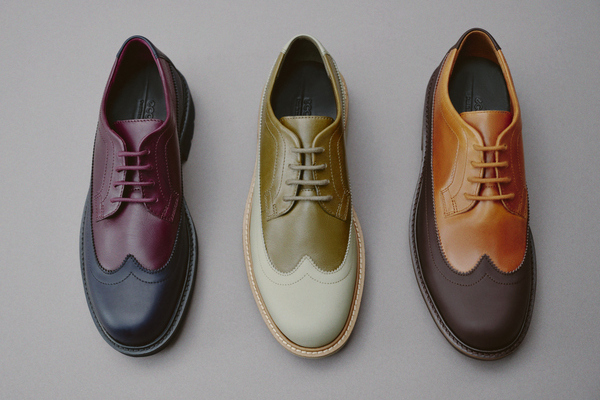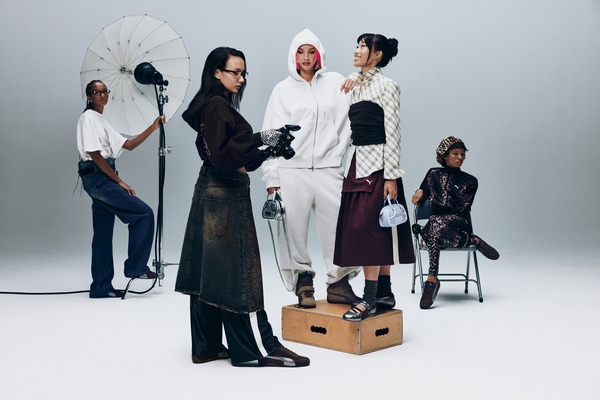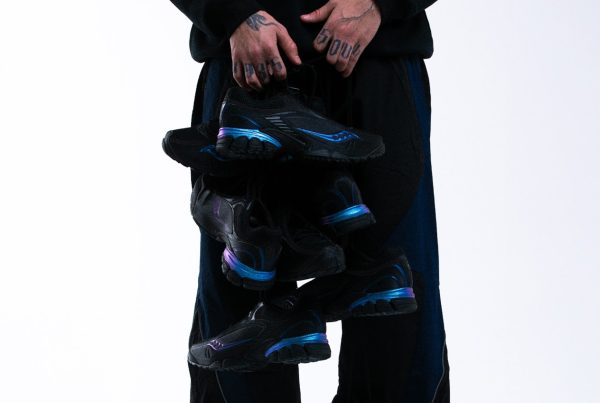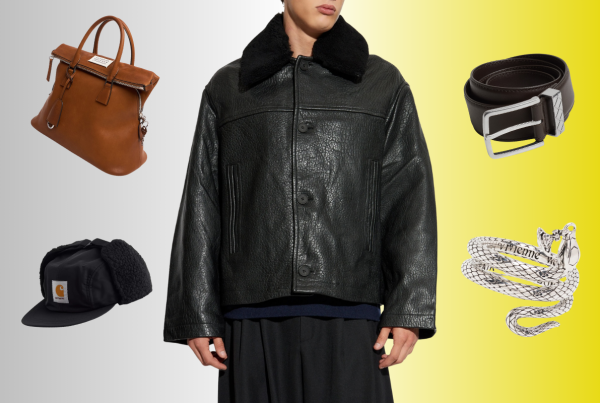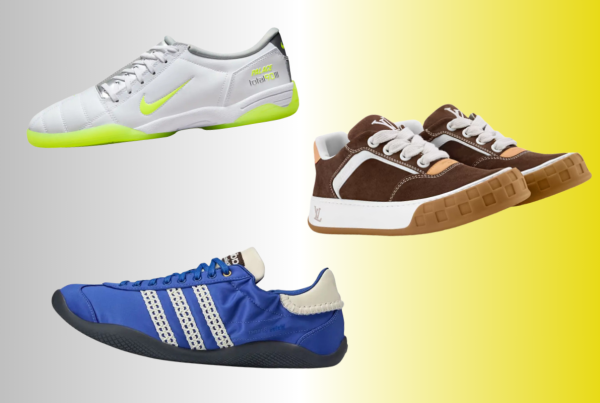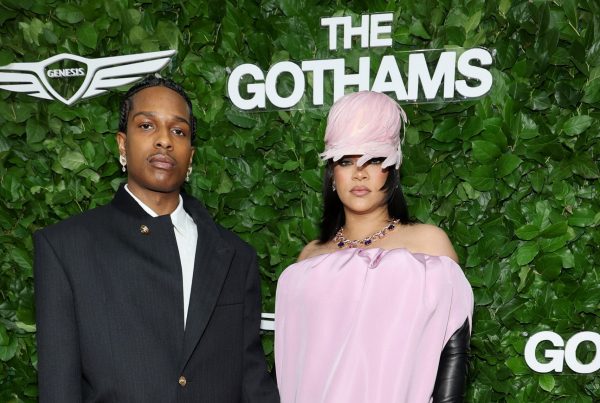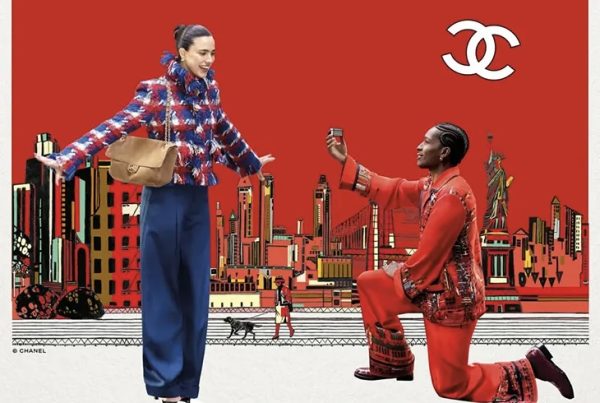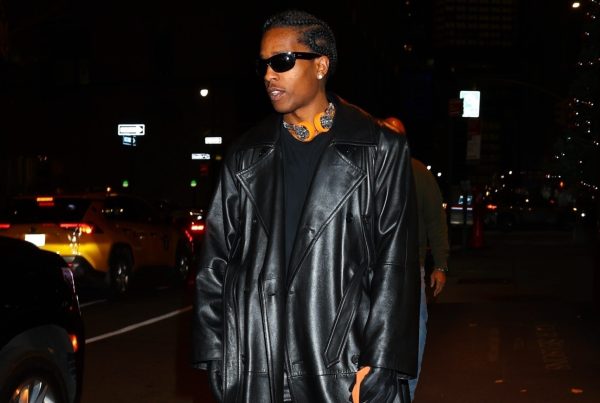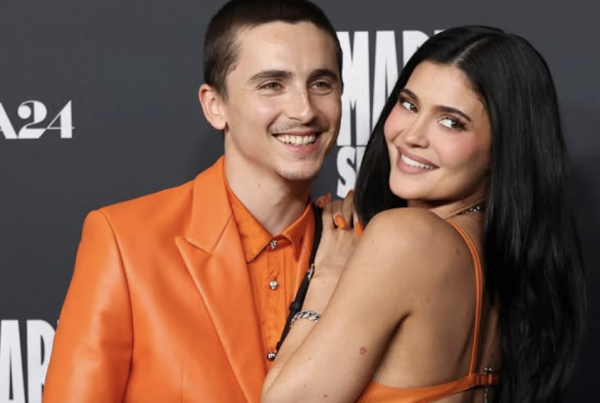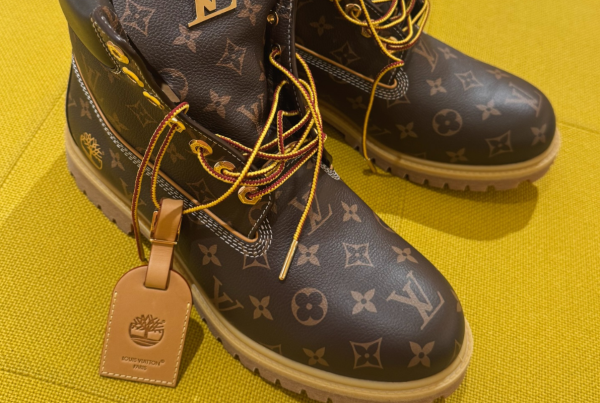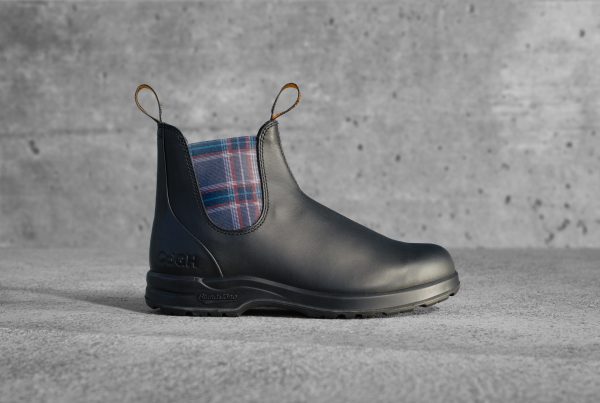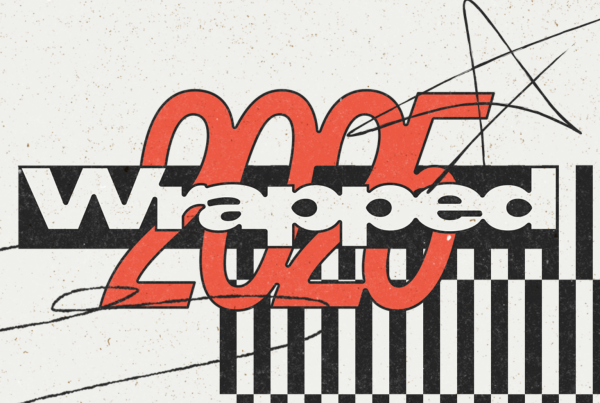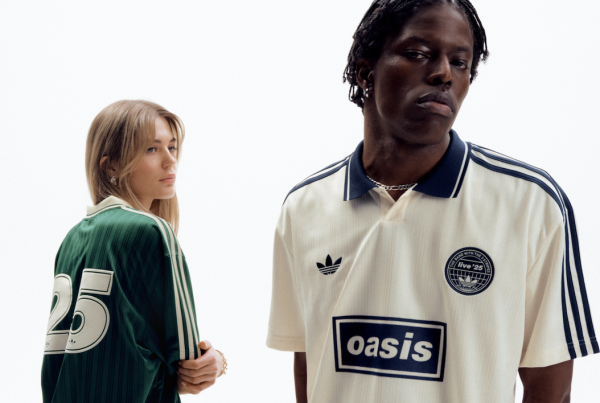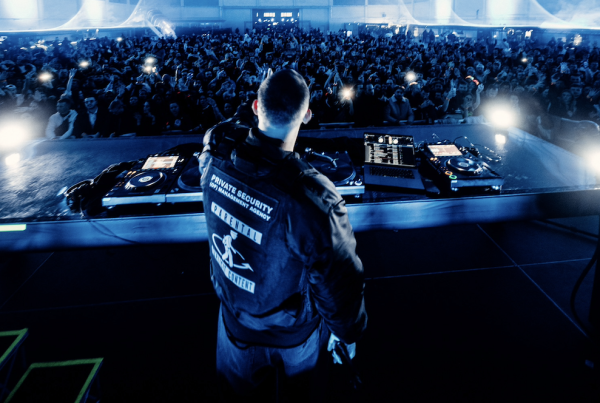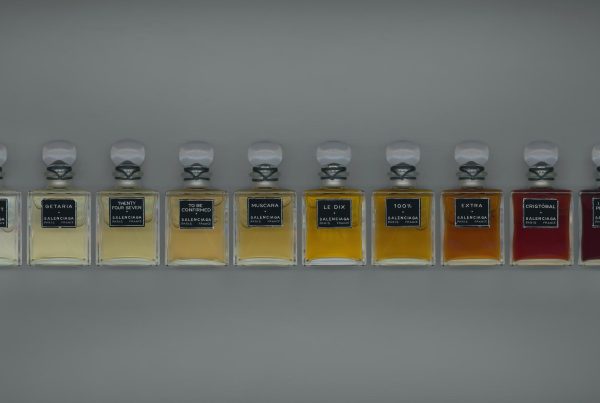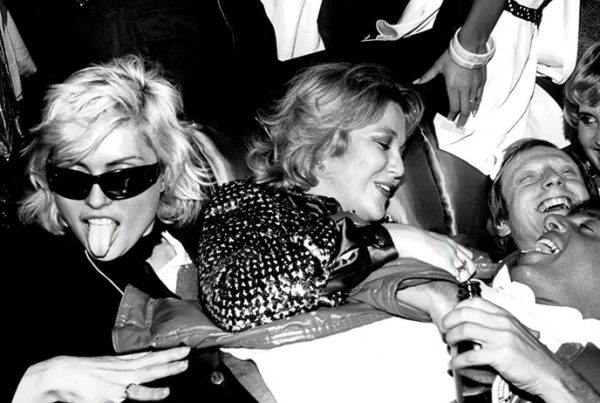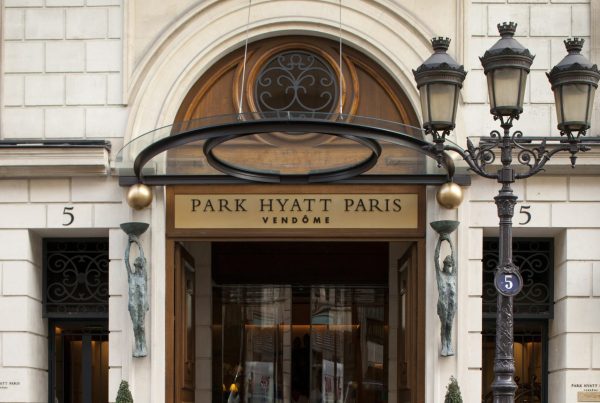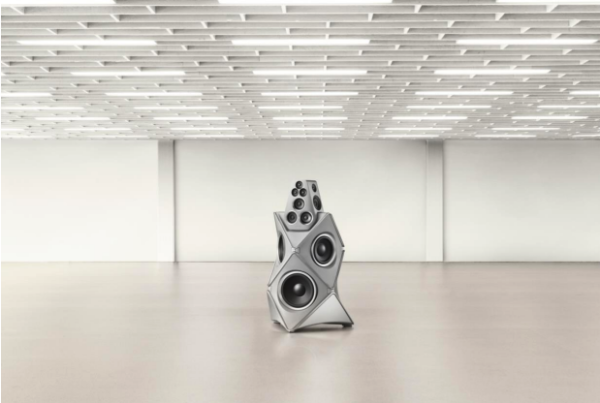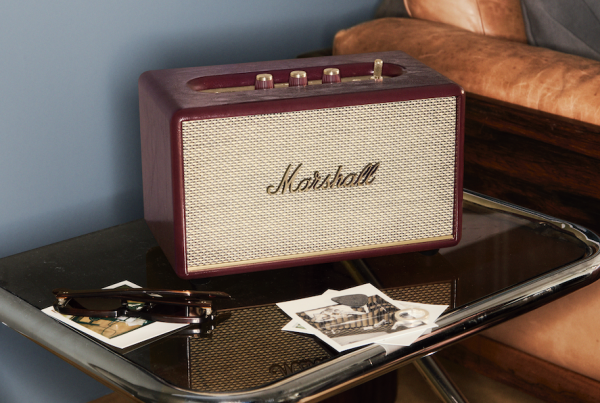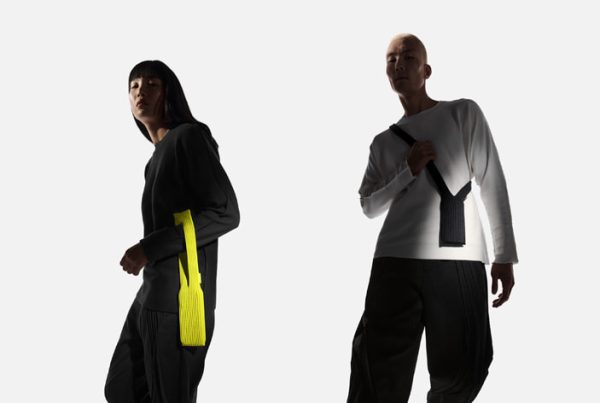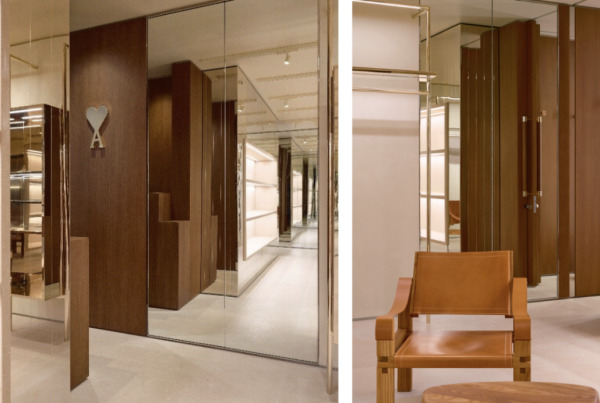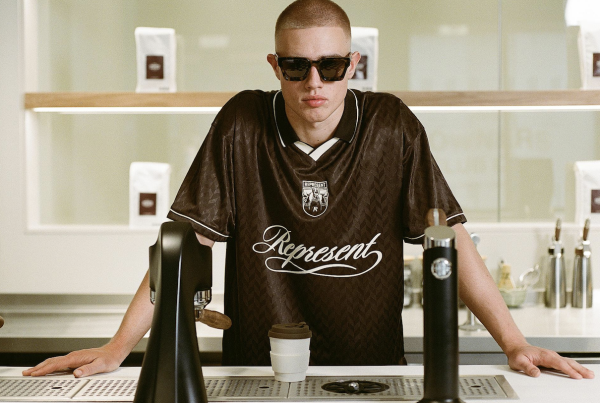After following his parents wishes and completing a degree in pharmacy, Nimesh Gadhia made a drastic career change and turned towards the fashion industry. Using a scientific thought process, page gained from his pharmacy degree, and applying it to his fashion design work, Nimesh created Posthuman Wardrobe. Scientific processes not only help him to design but they influence the stories behind his collections, offering a strong brand identity of clean and minimal cuts.

Tell us a bit about Posthuman Wardrobe, how did it all begin?
I’ve always wanted to be a designer but I never knew why. I never understood the world of fashion and I was never “fashion-y”. I was certainly never fashionable. My parents, as well as being very open-minded, were traditional Indian parents and were keen for me to pursue a career in medicine, law, pharmacy, etc. – which I did. I soon discovered that I loved clothing and its construction. The scientist in me was keen to understand this strange emotional world that I knew so little about. I began to apply my “scientific” thought processes to fashion design. For me, pattern cutting became three-dimensional problem solving. Once I had reconciled those two parts of my brain, design became exciting. Posthuman Wardrobe was born from these concepts and thought processes. I tried to create a brand and define it as analytical, scientific, sculptural, mechanical, functional, clean, and minimal.

You describe your designs as ‘anti-heritage’, why is this?
I meant the term more as more of an aesthetic observation than a philosophy. Since the economic crisis, many longstanding brands have been reverting to their heritage status while new brands have been jumping on the band wagon. Even not-so-new brands have changed their direction to cash in on the trend. I have nothing against this – I mention it only with reference to Posthuman Wardrobe’s aesthetic, which is completely different from this powerful heritage epidemic. Our lines are clean, our fabrics are less rugged and our palettes are tonal. We make no reference to outdoor pursuits. We have no plaid shirts and we don’t style our shoots with hiking boots. Our heritage is science.
Your designs are wonderful boasting clean silhouettes with a modern edge, what inspires your collections?
Inspiration usually comes from some scientific principle or philosophy. The Spring/Summer 2012 collection was a physical and psychological exploration of the quantum theory of Wave/Particle duality. This season we examined Newton’s laws of motion – but having said that, I don’t design aesthetically. I’m more concerned with patterns and how they work. I love asking questions: Why is there one dart here and not two? What would happen if we eliminated this seam and introduced it on to this panel? We experiment a lot and often end up with ridiculous looking garments but then we take elements from these and we apply them more traditionally to yield classic yet contemporary menswear. We’ve refined this practice over the seasons and we arrive at an end point quicker than we used to but it is always the most exciting part of the process.
What excites you about fashion design in London?
I love London because of its diversity of style & culture. As for inspiration there are so many galleries, theatres and music venues, not to mention the architecture and the retail outlets – it’s a very exciting city to live in. I must confess that I spend most of my time with my head in my patterns. I should get out more than I do – it’s something I’m going to make more of an effort to do this season.


Looking into the future, what trends will you be sporting this Spring/Summer?
Without giving too much away, I’m really feeling block-paneling – I’m thinking geometric shapes, origami and anatomy inspired seaming. I think our overall silhouette will stay the same but I have a feeling we may reinterpret the drop-crotch and give it a cleaner line. Outerwear will be big – I mean literally big, voluminous and sculptured. But who knows, I may change my mind when I get back from my sorely needed holiday.
For Autumn/Winter 2013 you have released a very insightful fashion film, tell us a bit about that.
We entered a competition to have a film made of our new collection and we won it. The competition was run by BAFTA winning film-maker David Skynner. As I said, the collection’s philosophy was based on Newton’s laws of motion. David applied this metaphorically to a narrative and came up with the story. Principia Mathematica follows the progress of our hero (played by DJ and music producer, Rob Howell), who attempts to navigate his way through life while his direction and even his velocity are controlled by the forces acting upon him. He slips seamlessly from scene to scene being pushed, pulled and falling from one outfit into the next. While we follow him through London, day to-night, love to hate, city to wasteland, we are given an insight into his resigned frustration through an eerily narrated philosophical monologue.



Check out the Fashion Film for Post Human Wardrobe below:
Shop Posthuman Wardrobe now at Wolf & Badger.
Interviewed by Katie Handy-Beith




